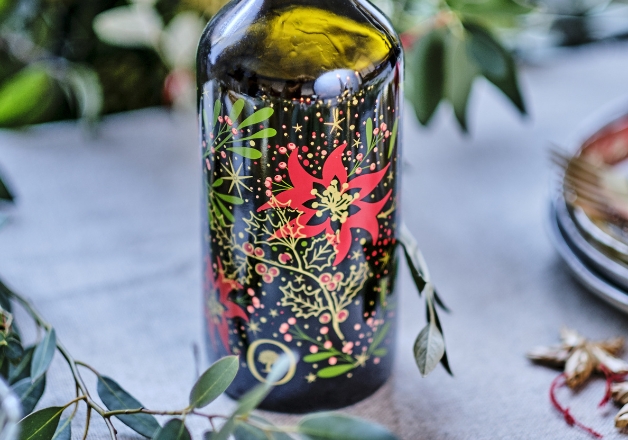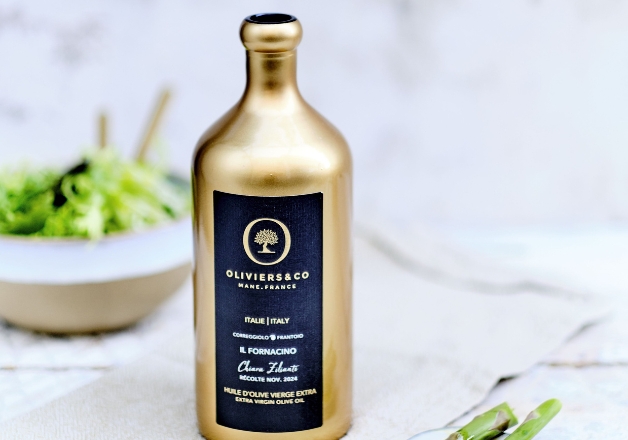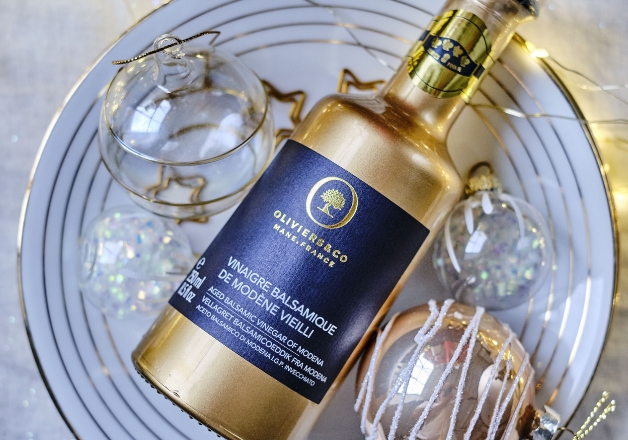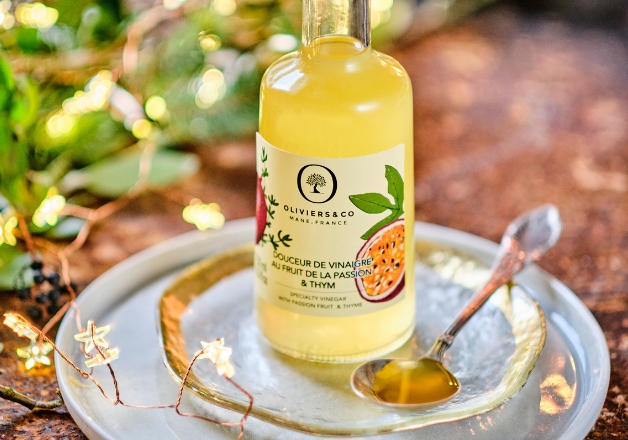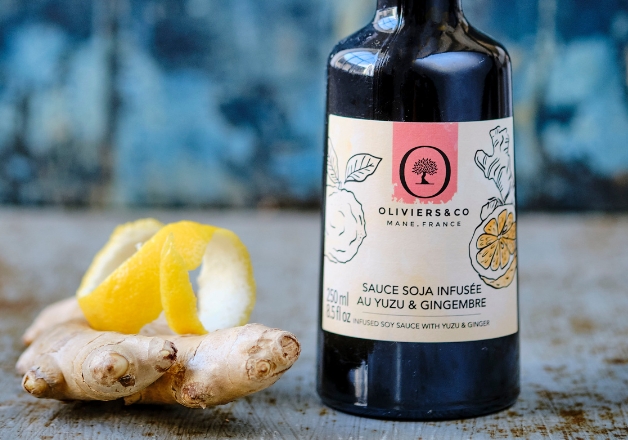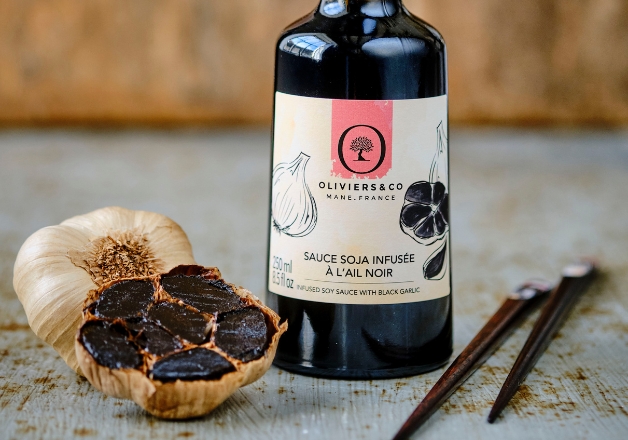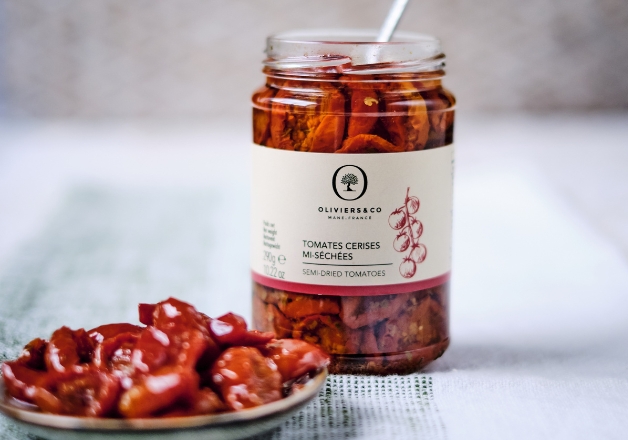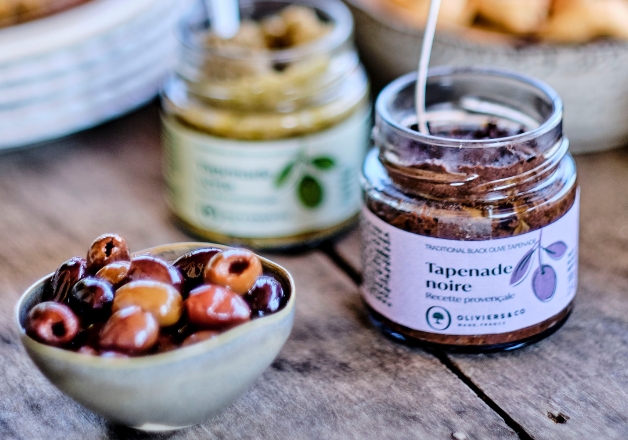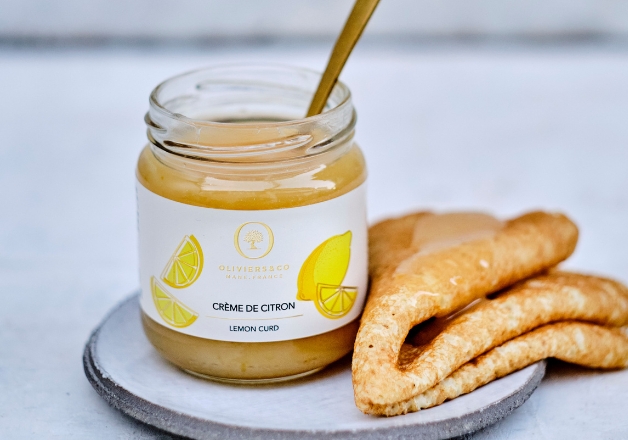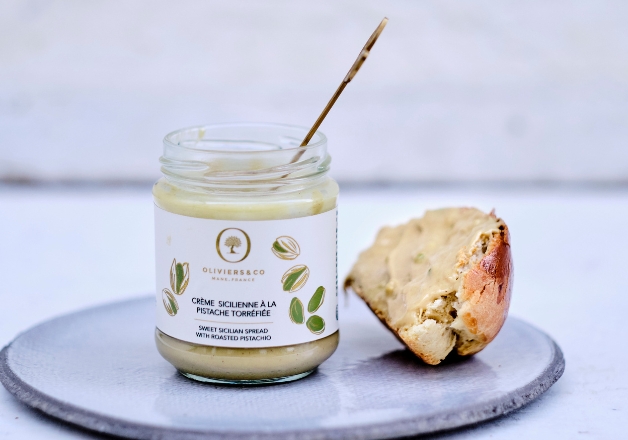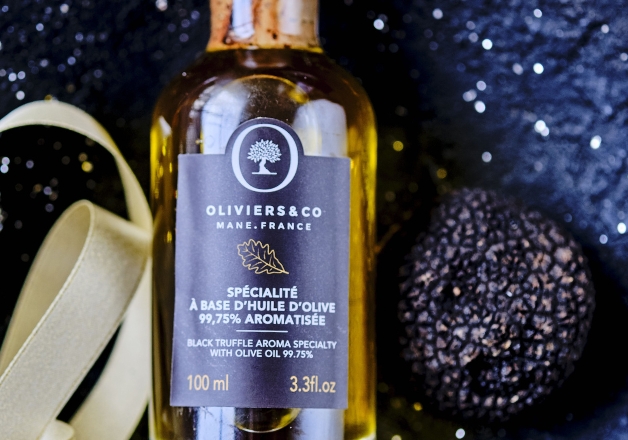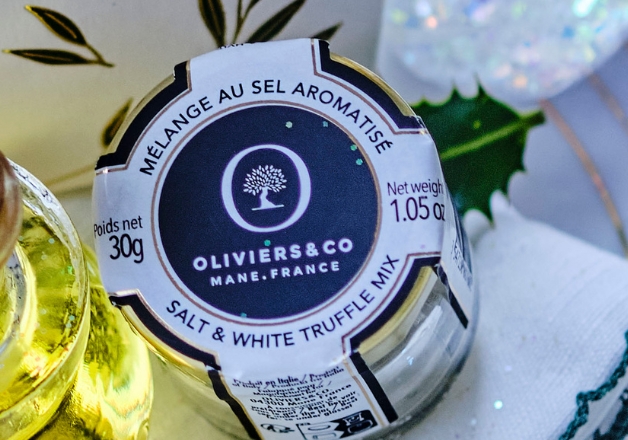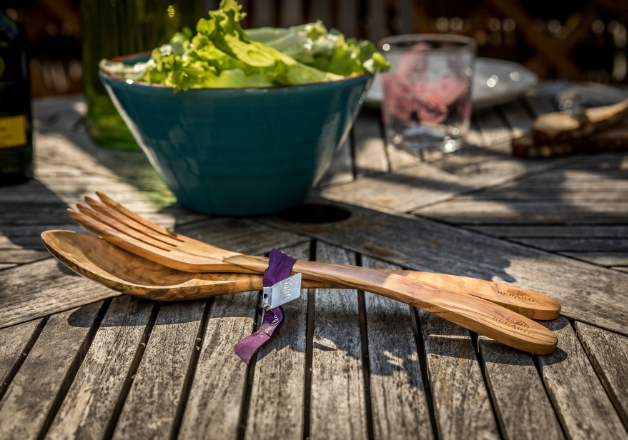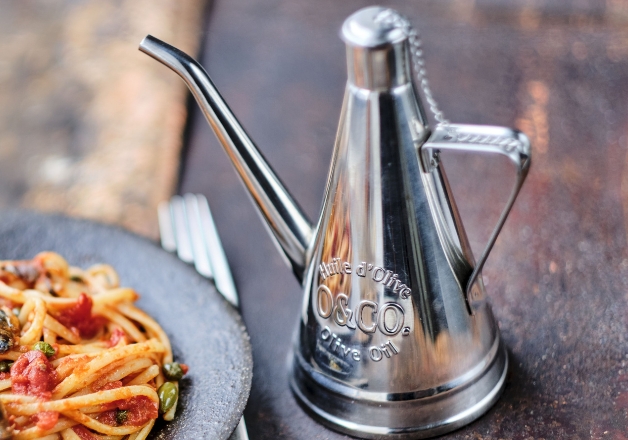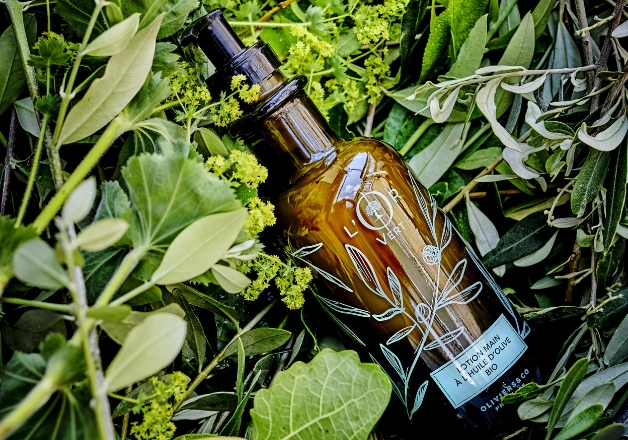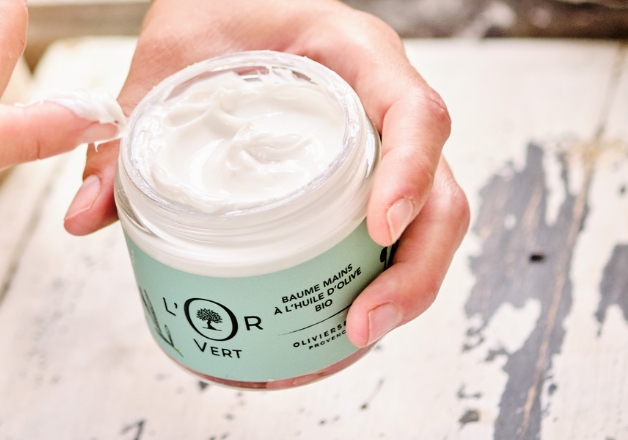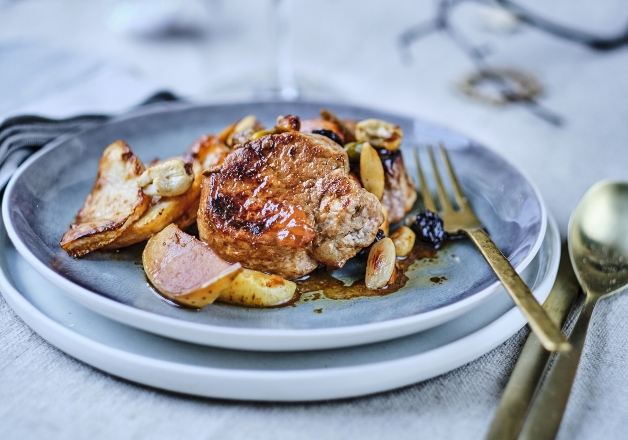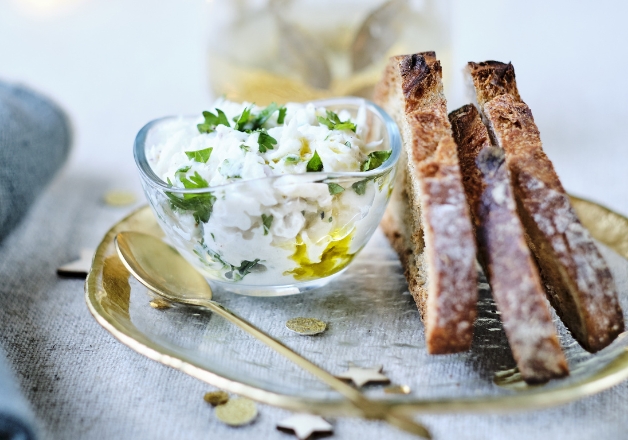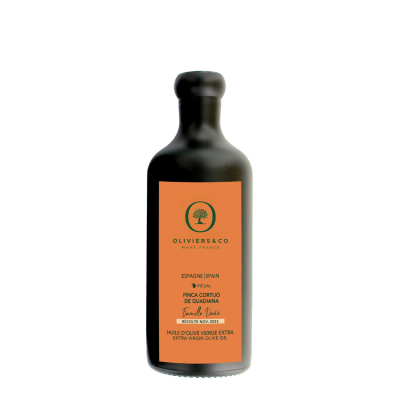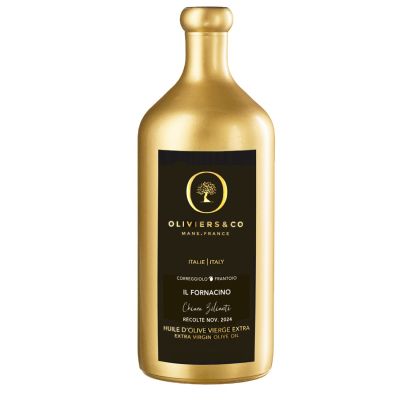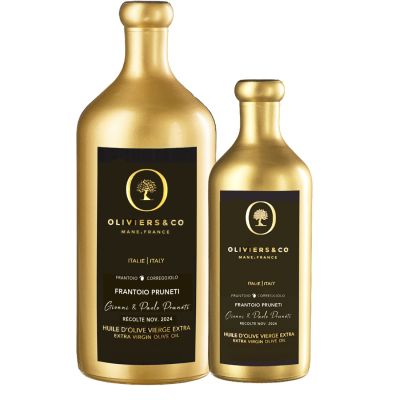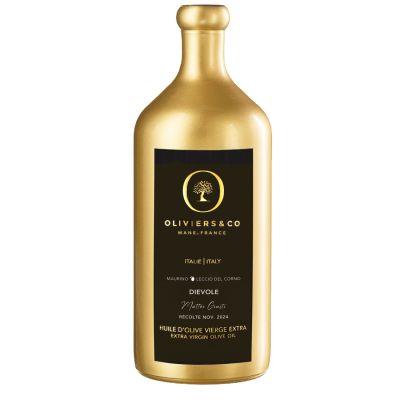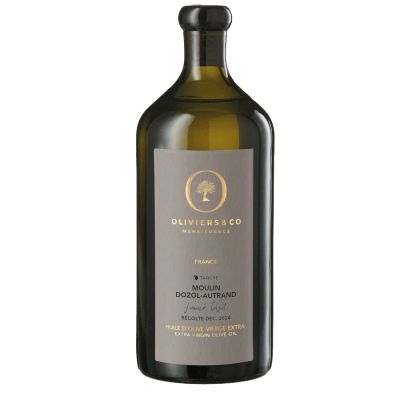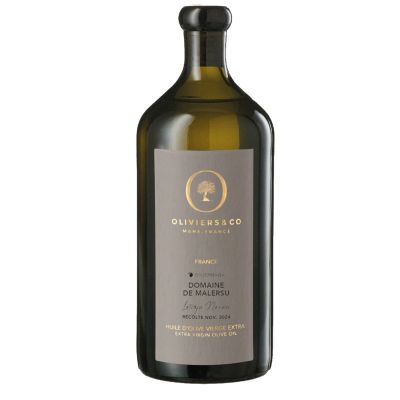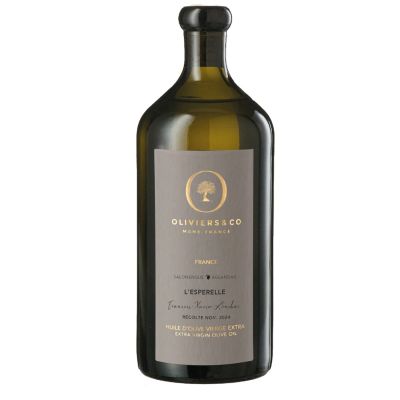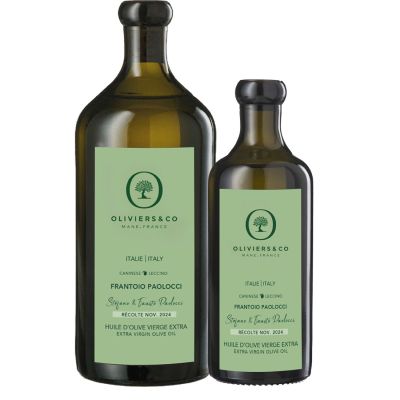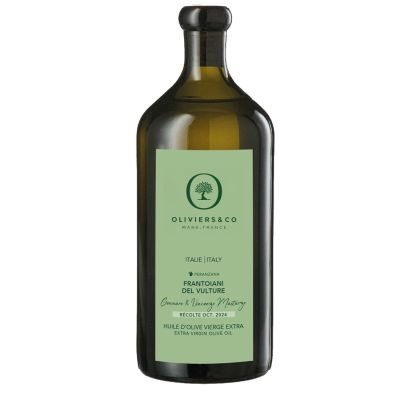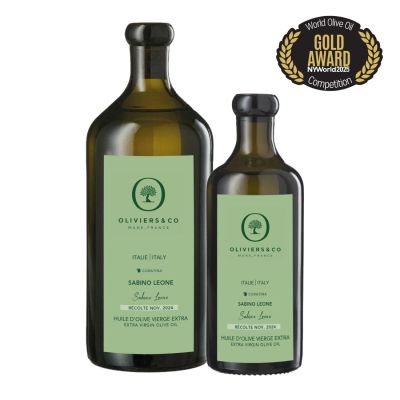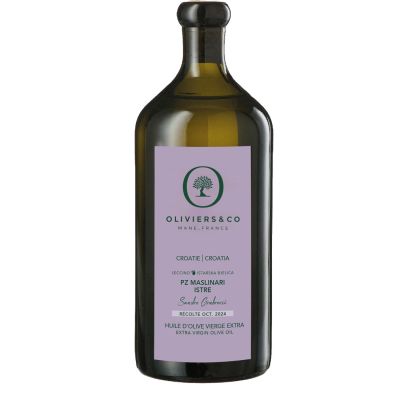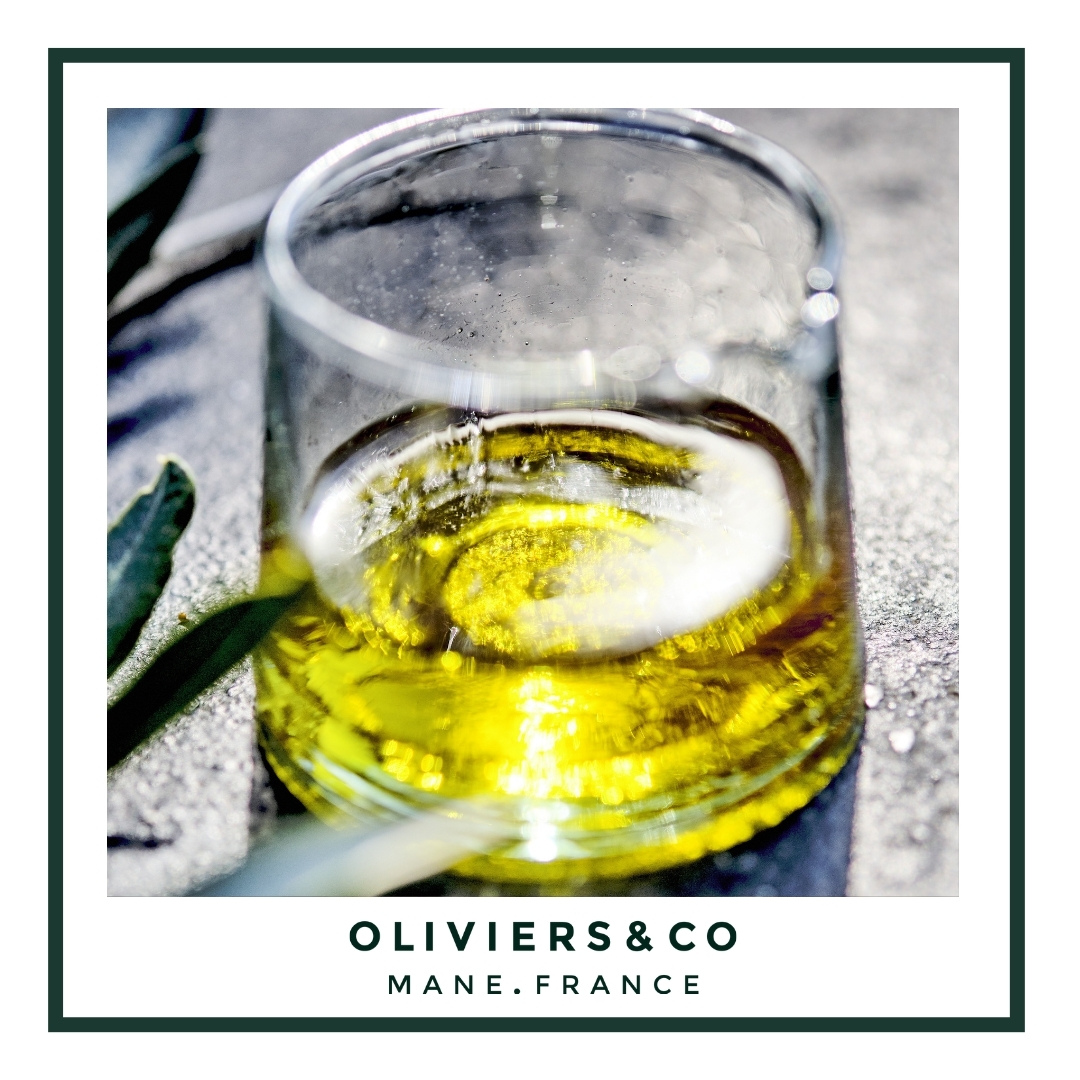

Olive oil, a cornerstone of the Mediterranean diet, comes in several quality grades. It is essential to understand the differences between these types of oils in order to make informed choices.
Qualities of olive oils
Lampante olive oil:
This oil, once used to fuel oil lamps (hence its name), is unfit for consumption without refining. It has a high acidity level, as well as an unpleasant taste and smell. It offers no organoleptic interest and, once refined, it can only be labeled as “olive oil.”
Virgin olive oil:
Extracted solely by mechanical means, it has an acidity level below 2%. Although it may present some organoleptic defects, it remains of acceptable quality and blending is permitted.
Extra virgin olive oil:
This is the highest quality of olive oil. Obtained exclusively by mechanical processes, it must have an acidity level below 0.8% and present no organoleptic defects. Blending is also allowed.
Organic olive oils:
Organic certification is often perceived as a mark of quality. However, it does not always guarantee a superior oil. Some organic treatments, such as the use of copper, can deplete the soil. This is why it is essential to choose fully traceable olive oils, whether certified organic or not.
The olive tree is naturally hardy and resistant to most diseases, requiring little treatment. Grown in regions often far from industrial pollution, the only real threat it faces is the olive fruit fly, active from July until harvest.
That being said, organic oils remain high-quality products, as they come from crops grown without pesticides or chemical treatments. Around 40% of French olive groves are certified organic.
Quality labels AOP, AOC, IGP:
To guarantee the origin and quality of an olive oil, several labels exist:
AOP (Protected Designation of Origin):
This European label ensures that the oil is produced, processed, and packaged in a specific region, following strict specifications. It is a true recognition of local know-how: the olive varieties are local, orchards generally have between 200 and 400 trees, and mechanization is limited.
At Oliviers&Co, few of our oils carry the AOP label, as we bottle our oils ourselves in our workshops in Provence rather than at the place of production, a requirement of the AOP specifications. We have chosen full traceability over the label itself. However, many of our Grands Crus do carry an AOP in their country of origin.
AOP oils are generally blends of several olive varieties, with some exceptions. We offer both blended oils and monovarietal oils (from a single variety), which allow the unique aromatic profile of each olive to be fully expressed. Blending, on the other hand, allows for a more complex and balanced aromatic palette.
There are more than 100 AOPs in the Mediterranean, including 42 in Italy (Tuscany, Apulia…) and 9 in France, such as Provence AOP, Vallée des Baux-de-Provence, or Corsica. Each has its own distinct flavor profile.
AOC (Controlled Designation of Origin):
This French label guarantees production entirely carried out within a specific geographical area, according to recognized know-how. It is essentially the national equivalent of the AOP.
IGP (Protected Geographical Indication):
The IGP certifies that at least one stage (production, processing, or preparation) was carried out in a defined region. It offers greater flexibility while ensuring a certain authenticity of the product.
Our olive oils
-
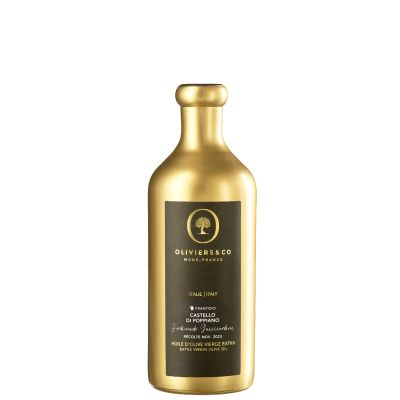 Castello di Poppiano Olive Oil - ITALY DDM 1/1/2026Special Price $31.84 Regular Price $39.80
Castello di Poppiano Olive Oil - ITALY DDM 1/1/2026Special Price $31.84 Regular Price $39.80

